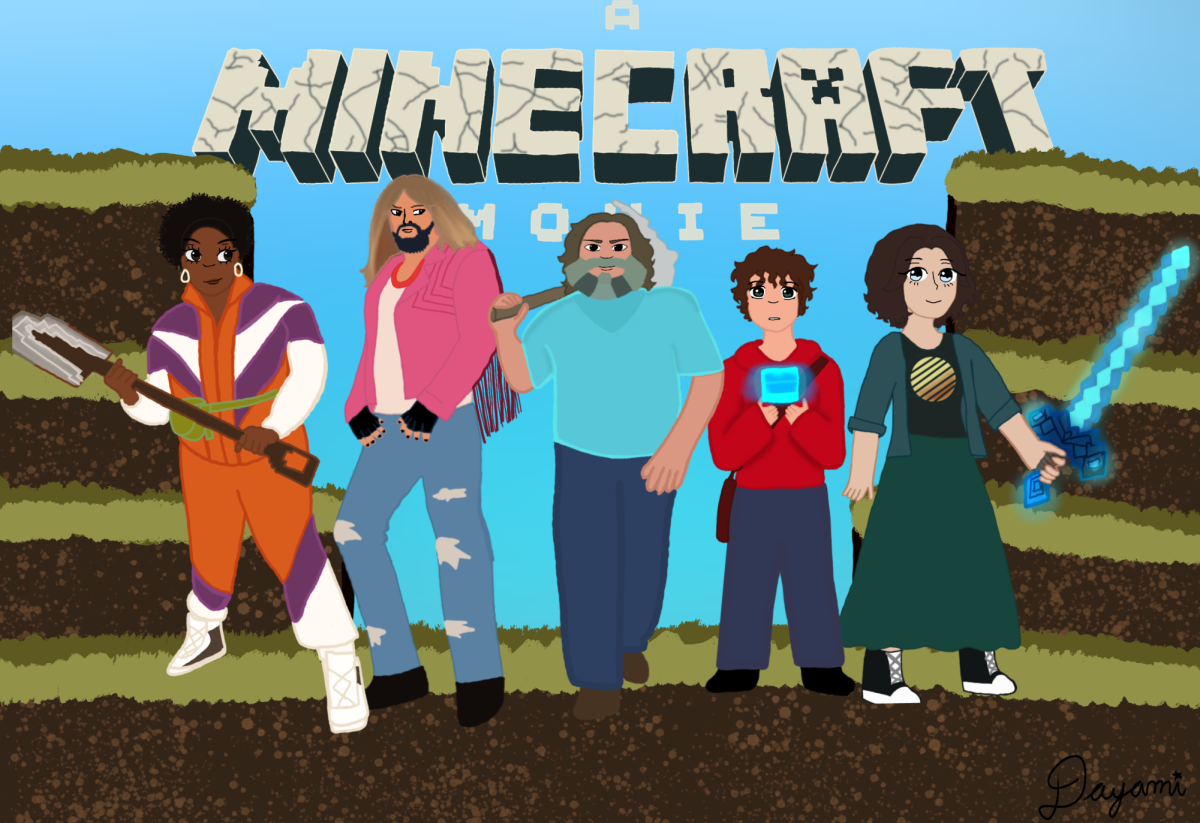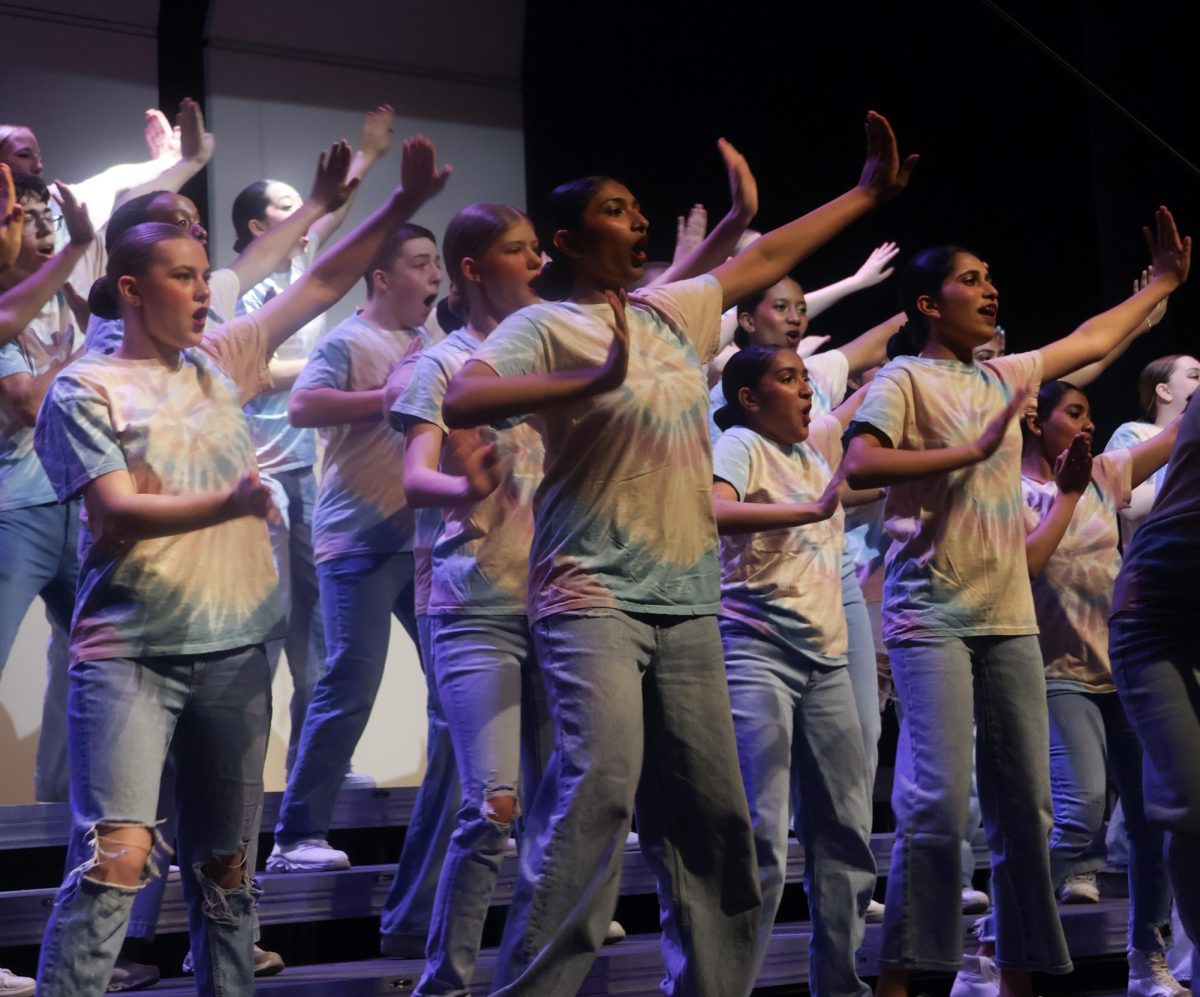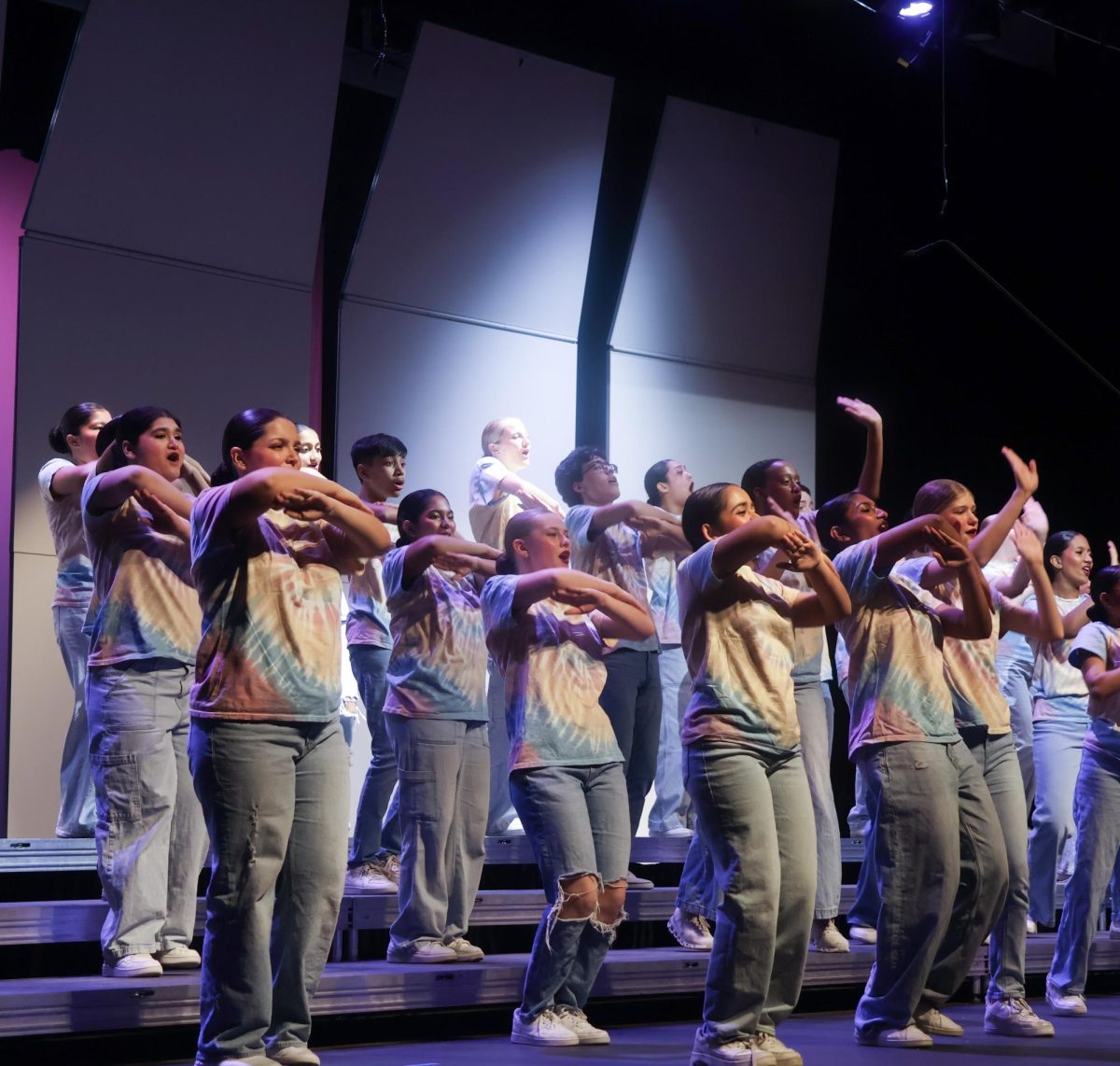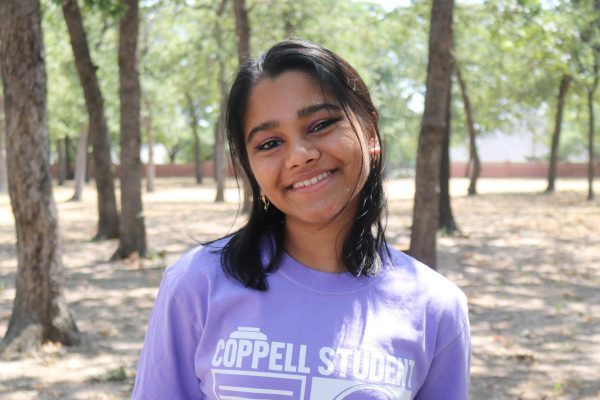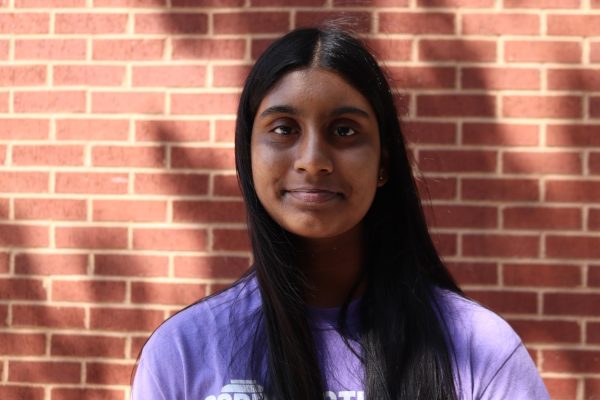Walls are decorated with tie-dye projects and self portraits. Clay sculptures of animals line the tables. The laughters of students comparing their artwork bounces off the walls. Enthusiasm is abundant in the classroom of Wilson Elementary School art teacher Alejandra Quiñonez.
One student’s enthusiasm takes a different form. His eyes are transfixed on the project ahead: a drawing of a cup with water. The cup, detailed with highlights and shadows, displays its transparency. It contrasts with the smooth serenity of the water within the container.

The artist purses their lips together and furrows their brows, grabbing the graphite pencil to make one final etch. He twists his neck to get a better angle of the piece. They nod in approval and lean back.
As Quiñonez walks through the lively room, commenting on each student’s art, she takes a pause on this student. With one look, Quiñonez can see that his passion in art is persistent and the talent, apparent.
“As an elementary teacher, the students you teach are smaller,” Quiñonez said. “So, it’s more obvious when a child has a natural talent. But, Ayan had a special sparkle for art.”
In that classroom, Coppell junior Ayan Dadsena’s calm demeanor and quiet nature diverges from the energy that only a fifth grade class contains. Yet, the emotions that appeared lacking at first glance of Dadsena were expressive in his artwork.
“He was very quiet, timid and would not really ask questions,” Quiñonez said. “He would listen and do. But when he would make [art], it was big and loud.”
Leaving elementary school, Dadsena was selected as district artist of the year. But, their journey had only begun.
“I spoke to his parents about getting his parents involved in classes because of his special talent,” Quiñonez said. “I told them not to waste his talent. He’s amazing.”
What started as a hobby at 2 years old – when Dadsena would curl his fingers around a coloring pencil, scribbling away in Ben 10 and monster truck coloring books – became a canvas of creativity and outlet of expression.
“Art was a way to entertain myself,” Dadsena said. “Especially because I am an only child, I would draw whatever I saw whenever I liked. I would draw my parents or what I learned that day in school. I would not think about what I draw. I would just do.”
In middle school, Dadsena’s art had stretched to more than glasses: it became personal.
The piece was simple: two eyes, a nose, the faintest trace of a smile and a hair. By the standards of any other sixth grader, the portrait was good. But Dadsena was not just any sixth grader.
“One of the things I like seeing is my progression of portraiture,” Dadsena said. “At the time, I did not like it. Based on what I usually make, it was not the best. It’s important to look back on my progress. Even though it’s not a great piece, it was an important part of my journey.”
It is this natural tendency to become better that Dadsena displays in every venture. A graphite portrait in sixth grade evolved to a self-portrait with color and details. Within middle school, Dadsena continued to receive distinction: an award from Youth Art Month for a contour drawing of a shoe displayed at the Bullock Texas State History Museum and receiving a medal from Junior Visual Art Scholastic Event.
As Dadsena transitioned to high school, continuing to pursue art, it became more liberating.
“Before AP art, Ayan’s art style was guided – like everyone else’s art,” junior Eunice Han said. “Art I and Art II are all guided by teachers to create a specific type of art. When AP Art started, I noticed changes. He used creativity to create imaginative artworks.”
Upon a scroll of Dadsena’s art account on Instagram (@ayan._.4y4n), the posts are not mere pieces of art but worlds. Whether it be in the pastel skies of “Elysium” meant to show the power in a dream of flying or in the backseat of a car in “Getaway Car” demonstrating the lack of control in emotions, Dadsena captures the essence of the human condition.
What is most noticeable about Dadsena’s array of art is that there is no one style of work. Each piece has a distinct aesthetic that encapsulates Dadsena’s goal. This inclination towards navigating the unconventional will only continue to follow Dadsena to next year.
“I get to have Ayan next year because of IB,” AP/IB art teacher Michelle Hauske said. “The AP drawing portfolio limits you because it has to fit within how AP defines drawing. IB is the exact opposite. They have to explore 3D lens-based photography and digital applications.”

Follow Anushree De (@anushree_night) and @CHSCampusNews on X.






